Download
The Situation
The Challenge(s)
- Can you make $10 an hour or more selling lemonades?
- Can you think of another way you could do it?
- What’s the most money you think you could make per hour selling lemonade?
Question(s) To Ask
- What information would be useful in figuring this out?
- What factors may affect your answer’s accuracy?
- How would you learn how to make something you eat or drink if you did not know?
- What other sources of water/lemons/sugar are there?
- What are the advantages/disadvantages of using that source of water/lemons/sugar?
Consider This
There will be many ways to save costs including raising prices, lowering product quality, or giving customers less lemonade. The key here is having students critically think about the situation and be able to articulate their choices and conclusion.
What You'll Need
- Ingredients and instructions for making lemonade
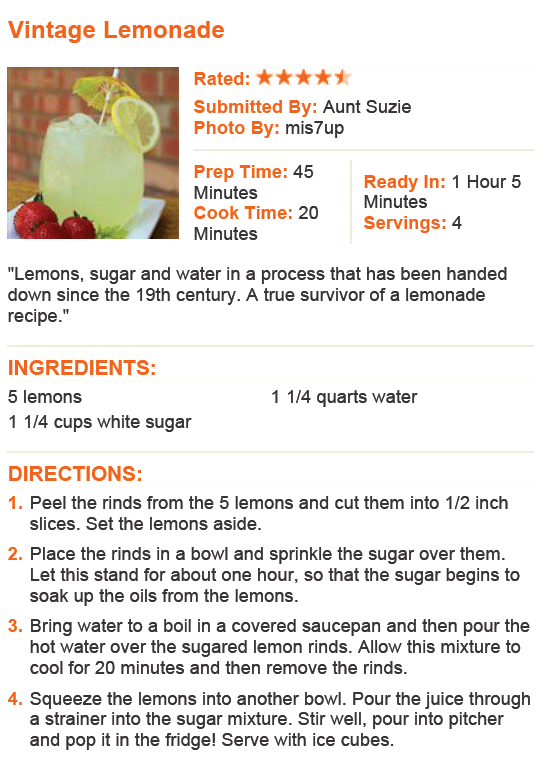
- First option for cups
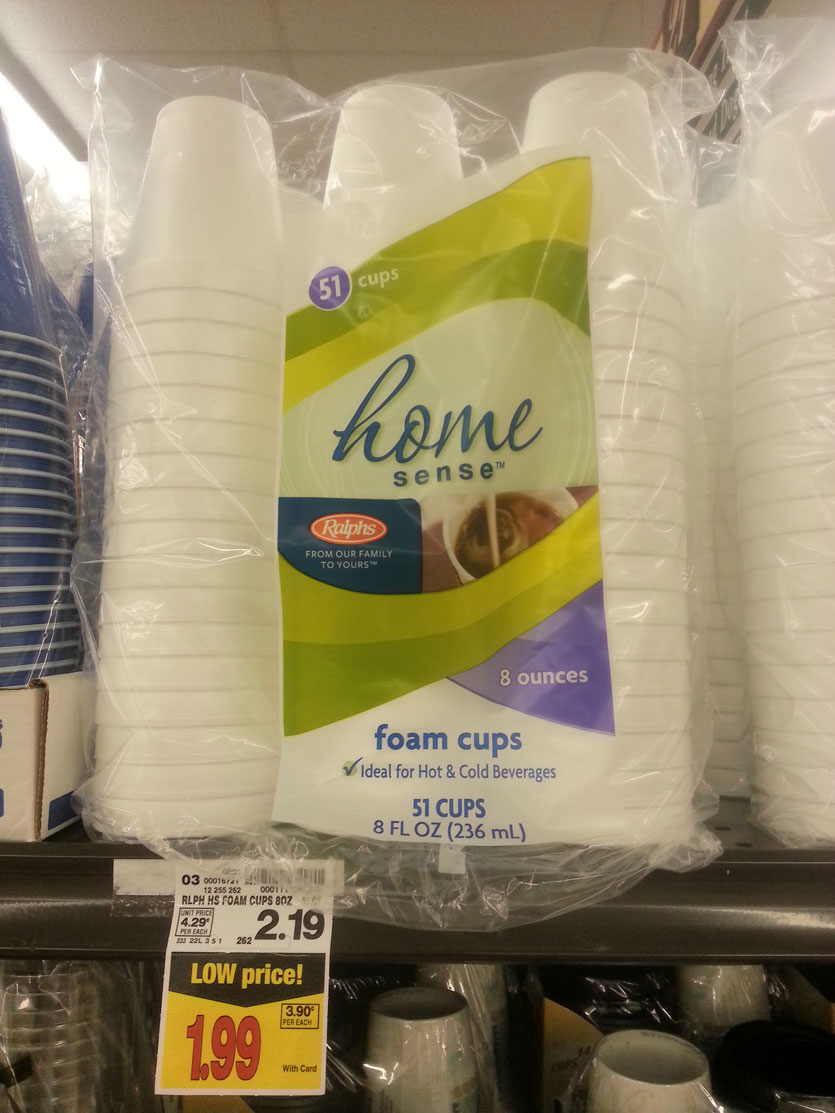
- Second option for cups
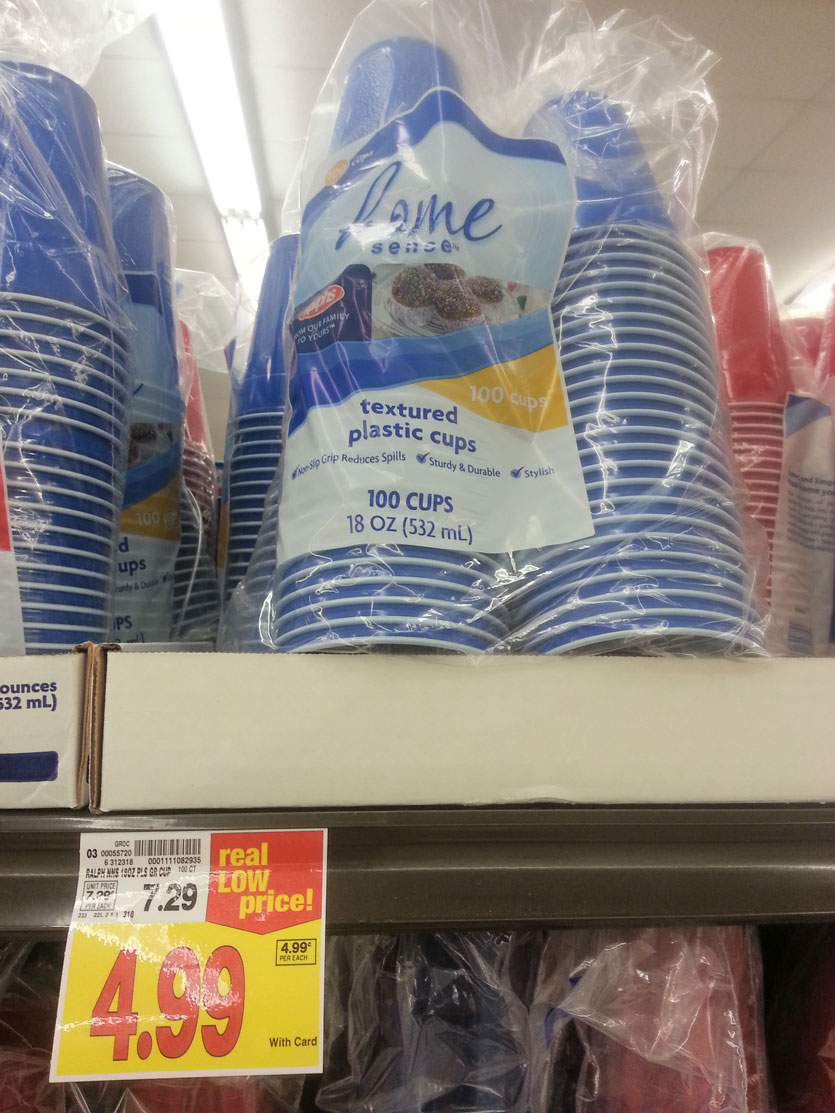
- First option for water (Tap Water – Part 1)
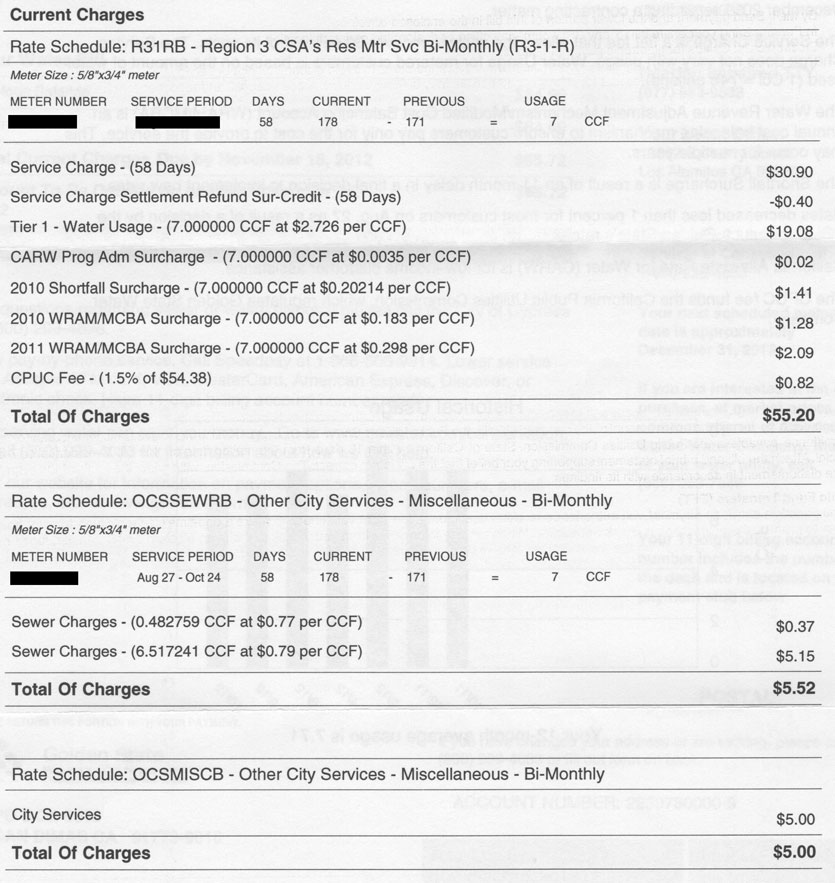
- First option for water (Tap Water – Part 2)

- Second option for water (Bottled Water – 1 gallon)

- Third option for water (Bottled Water – 2.5 gallon)
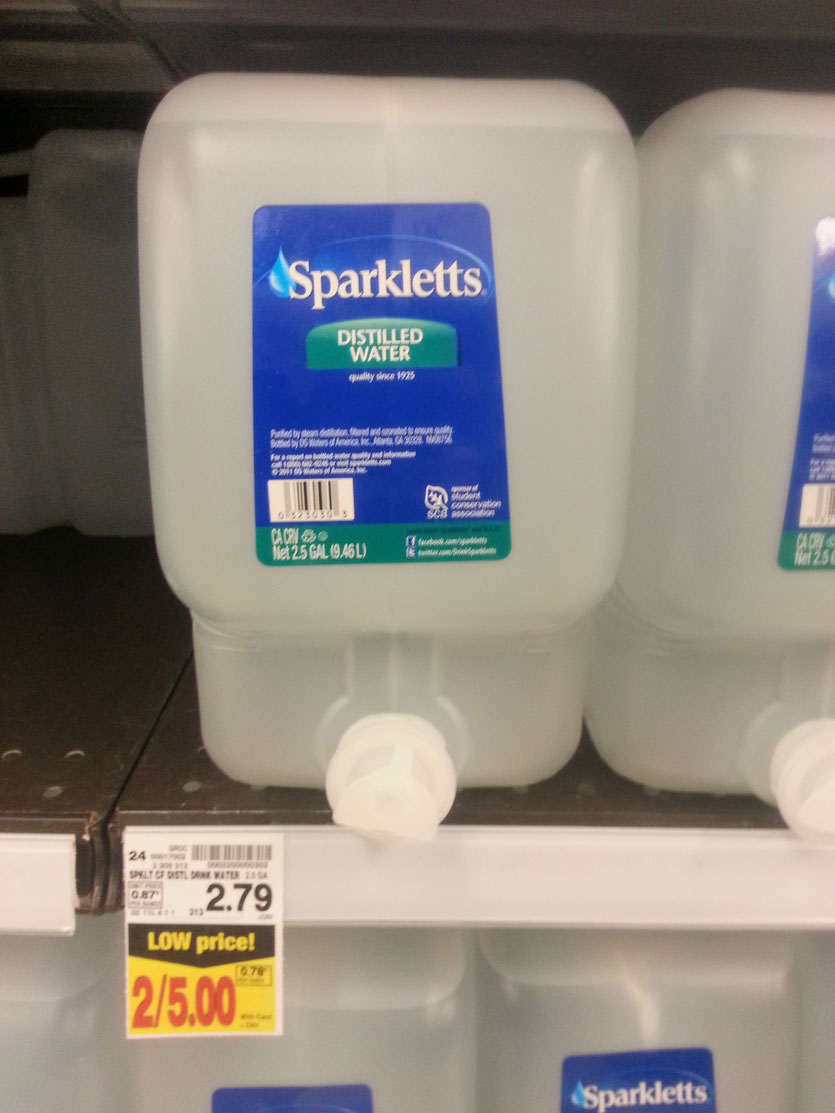
- First option for lemons (Each one for $0.69)

- Weight of lemons (2 lemons weigh 1 lb)
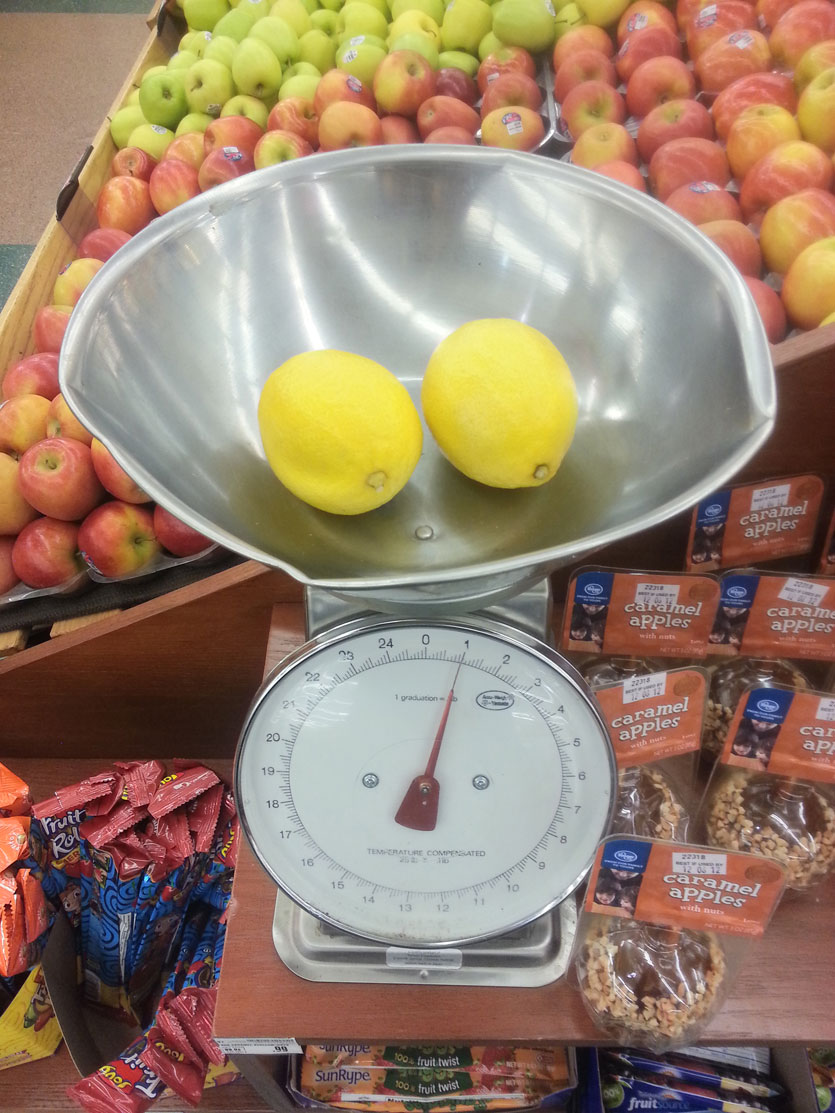
- Second option for lemons (2 lb bag)

- First option for sugar (4 lb generic)

- Second option for sugar (4 lb brand name)

Lemonade powder mix
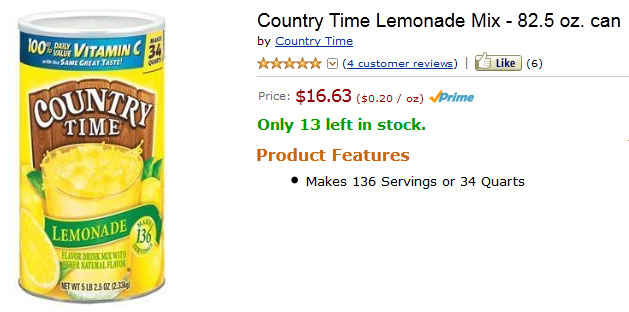
Content Standard(s)
- CCSS 6.RP.1 – Understand the concept of a ratio and use ratio language to describe a ratio relationship between two quantities. For example, “The ratio of wings to beaks in the bird house at the zoo was 2:1, because for every 2 wings there was 1 beak.” “For every vote candidate A received, candidate C received nearly three votes.”
- CCSS 6.RP.2 – Understand the concept of a unit rate a/b associated with a ratio a:b with b ≠ 0, and use rate language in the context of a ratio relationship. For example, “This recipe has a ratio of 3 cups of flour to 4 cups of sugar, so there is 3/4 cup of flour for each cup of sugar.” “We paid $75 for 15 hamburgers, which is a rate of $5 per hamburger.”
- CCSS 6.RP.3 – Use ratio and rate reasoning to solve real-world and mathematical problems, e.g., by reasoning about tables of equivalent ratios, tape diagrams, double number line diagrams, or equations.
Source(s)
- allrecipes.com
- Grocery store
- Water bill
- amazon.com
Download

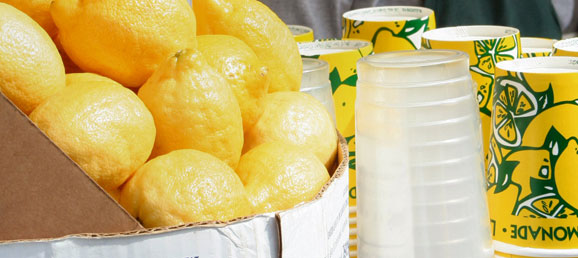

I am a math specialist at an elementary school for grades K-6. My position is unique because I only work with the advanced students that need a challenge. We are doing a lemonade stand project for grades 3-6 and I found this resource very useful! The challenge I presented my students was “How much would it cost to make 100 cups of lemonade.” I gave them a recipe and we went at it. We found that having an option for lemon juice in a bottle saved us a lot of money. The lemons were way expensive and you only get 1/4 cup of juice for every lemon. Thank you so much for the resource!
Thanks for sharing this Shaelee. I’ve never heard of a specialist who works only with the advanced students but that sounds like a fun challenge. I’m glad that the lesson helped save time and provide context.
Hi there…
I am a parent of a very social 8 y/o boy. We have been talking about the value of money and what it takes for his parents to make the money they make to pay bills and do other fun things. So one of the lessons I am thinking about is an experiential exercise of him putting up a lemonade stand near our house on the weekends over summer for 2-3 hrs- every weekend for 4 weeks. At the end, he gets to keep the money and then contribute to a charity and re-invest the money in another venture. Any ideas or advice on any other resources I can look up?
Hi Priya. Unfortunately, that is outside the scope of what I’m familiar with. I mainly focus on resources for educators. Sorry!
I do an abbreviated version of this same activity in AP Microeconomics, then raise the question: Was this a good use of your time? Prompts students to think about the value of their time. That’s how I introduce normal profit. Earning even $10/hour isn’t economic profit if you could earn $12/hour babysitting the neighbor kids.
Great! These are important thought processes for students (and everyone) to think about.